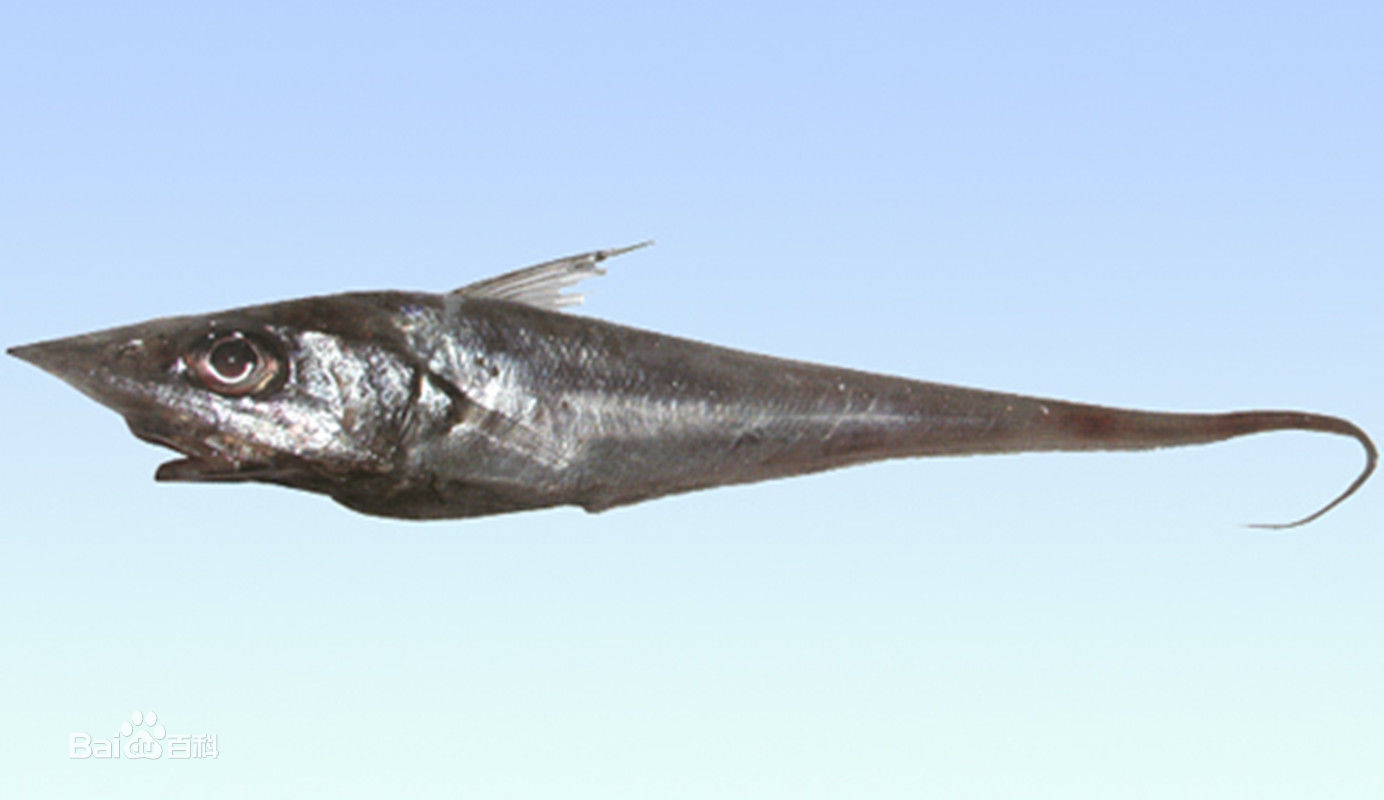The long-tailed pheasant family is distributed in the warm sea temperate ocean bottom, and there are many. The head is large, the body is long, and the tail is tapered. The tail is long like a rat tail, and the upper and lower edges are attached with a second dorsal fin and an anal fin. The eyes are large, the mouth is under the head, and the kiss is prominent, which may be used to find food on the seabed. Some types have illuminators; some can be audible with pairs of muscles attached to the sputum. The general body length is about 3060 cm. The English name of the long-tailed pheasant is hoki, which is mainly produced in New Zealand, Peru, Hokkaido and other world-famous fisheries. The South American-made hoki is of good quality. Japanese people prefer to eat and use sashimi.
Place of origin :New Zealand(新西兰)
English name: hoki
Scientific name: Macruronus novaezelandiae
Origin: New Zealand
The blue grenadier (also known as hoki, blue hake, New Zealand whiptail, or whiptail hake, Macruronus novaezelandiae) is a merluccid hake of the family Merlucciidae found around southern Australia and New Zealand, as well as off both the Atlantic and Pacific coasts of South America from Peru to Brazil[1] at depths of between 10 and 1,000 m (33 and 3,300 ft). It feeds in midwater on small squids, crustaceans, and fish. Its length is between 60 and 120 cm (24 and 47 in). It is a slender, silvery fish similar in appearance to the gemfish. The meat of the fish is white and almost always sold in fillets.
Australian supermarkets have many hoki products, mainly in pre-packaged processed foods. Often the manufactured meat result is manufactured into a fish cutlet shape and then battered or crumbed to further give a good fresh look.

